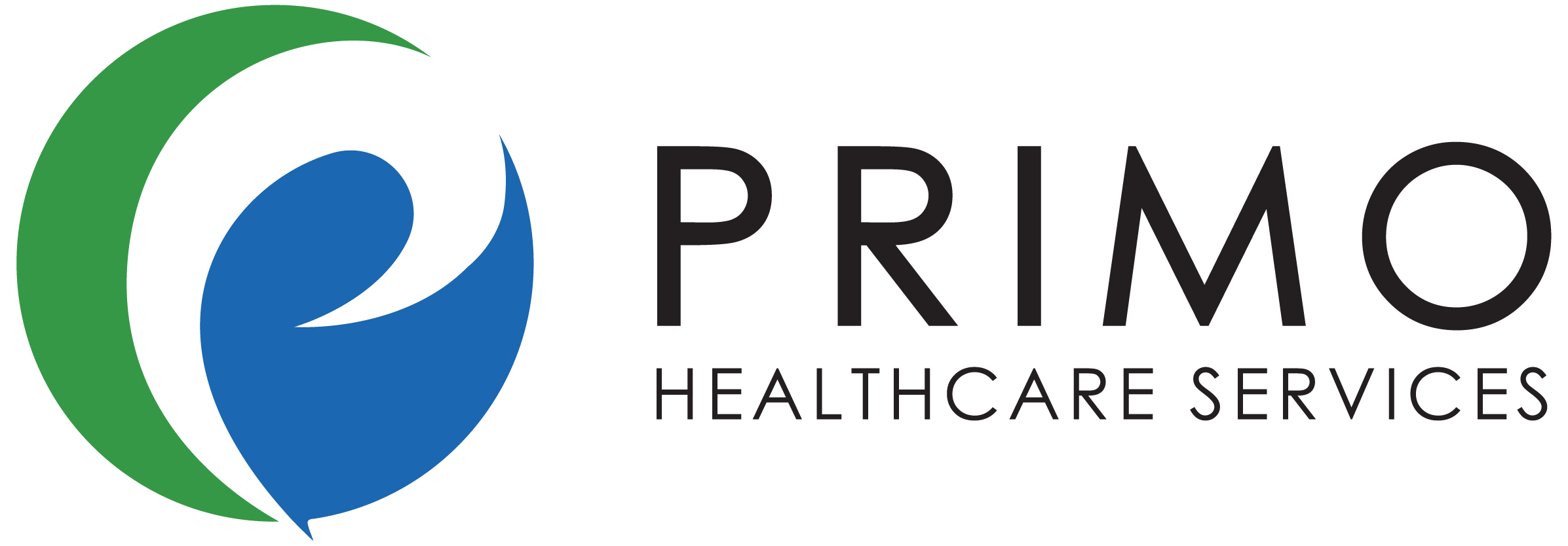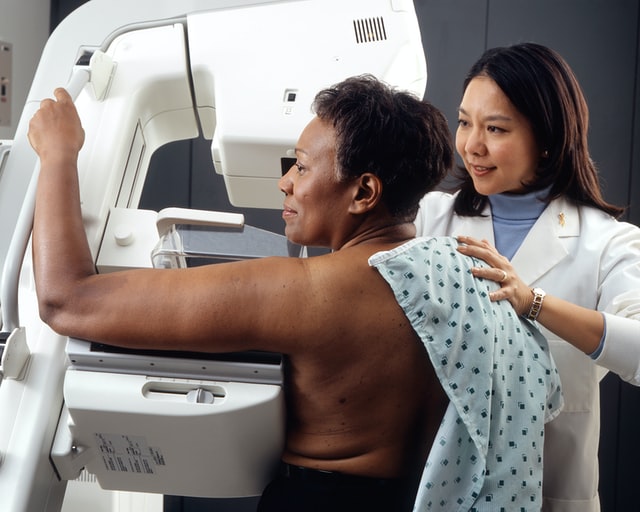We have talked about the value of the patient/doctor relationship, or practice visibility, and of promoting your practice based on different demographic information. All of these are efforts to growing your patient base, gaining trusts, and ensuring that they have been provided with the kind of the service required. Your patients rely in your judgement and your ability as a physician. Your advertising blitz were remarkable, sharp and comforting. As compared to your nearest competitor, your clinic location if more accessible plus you offer a more flexible payment options.
However, is this everything about real connection?
Today, let us see beyond practicality, marketing, convenience, and clinical savvy. How we begin a lasting patient connection? What does it require, and how do we maintain a strong patient-connection?
The start of connection
The way toward lasting, meaningful connections with patients is somewhat straightforward.
Step one needs really putting you, and your practice out there in an important, and effective way. With the previous post, we listed the several ways in which to advertise your practice prior to its grand opening. Traditional possibilities like print, a story in the local newspaper and radio are still doable. It is also a must to utilize digital strategies but becoming popular is only half the battle. The question is, how do you want to be perceived? We highly propose hosting an open-house event.
Hosting an open-house event is your first chance to allow patients to really see you, not only an illustration of you. While showing them things about you, it is an opportunity for you to learn about them. Being so exposed and sincere with people is not easy for everybody. It is definitely acceptable to draw up limitations for yourself. However, in order to connect, you must make yourself known, not just noticed. You also have to show a genuine desire to know those you will be considering and to continue well after the open-house completes, and your doors officially open.
…but how do they actually feel?
Extremely confident. Greatly competent. Unfailingly reliable. Attributes that one dreams of. Determining if they are truly like another human being is a bit more complicated. Then, let us go back. It may sound silly but showing attention in a person’s life, making a serious effort to actually learn who they are and identify a few mutual denominators, is vital. Believe it or not but these speaks of you beyond your credentials.
Starting a conversation with a patient means everything. With just a word or two could be about a sports or so. Or even asking them about a family member like a daughter going to college, a mom in physical therapy. Let them know you by sharing your experience. Start casual talks like if they have kids, or anything that shows you are telling them that you are interested in your patients.
A lot of people don’t compel themselves to those who don’t respond socially and emotionally. “If you don’t like me, neither do I.” This is simple enough. A way of showing them that you value their company an opinion is by talking to someone and making them to share in turn. Keep in mind to maintain a light-hearted tone, smile, and laugh once in a while.
One should be sensitive of their facial expressions, as well as those they are conversing with. Mistrust, annoyance, and impatience are like masks that we wear. Just because your words don’t patronize me doesn’t mean that your face isn’t really telling the emotion.
The loop of trust
There is a thin line between being fond of someone and trusting them. We suppose that you practice medicine to the highest standards of the profession. You show empathy and patience. You are clear and straightforward about treatments, billing, and other guidelines are the essential starting points. Gaining trust is difficult but easy losing it which may implicate several unrelated factors.
Have you ever served in the military? Let them know because this goes well with veterans especially those suffering from PTSD, or any kind of physical condition they sustained during their service. Outside the office, are you a “disguised” kind of person? If yes, then simply being noticed out in the world by certain patients can give a major boost.
One highly effective strategy is to make bio-cards available to all of your patients. These should recap your life experiences and goals giving them a glimpse into who you really are, not just a physician. In your waiting room, make a stack of them available and distribute these in mails like the old fashion way.
Never Assume
The foundation of lasting doctor-patient connections are accessibility, shared experience, and transparency. However, there is a possibility among physicians to destroy what they try so hard to create. We all make assumptions. It is automatic to think of something even if we are only given a few pieces of information to go on about something, or someone. The important thing is for a physician (for everyone, really) is to recognize this process as it is happening. True, that making calculated assumptions based on available evidence and history is part of a doctor’s job but before you conclude constantly go back for a second, or third look. Past misdiagnosis, deciding how to treat and converse with patients based on appearances, or early speech and behavioral patterns and can have an isolating effect on them…and on yourself.







